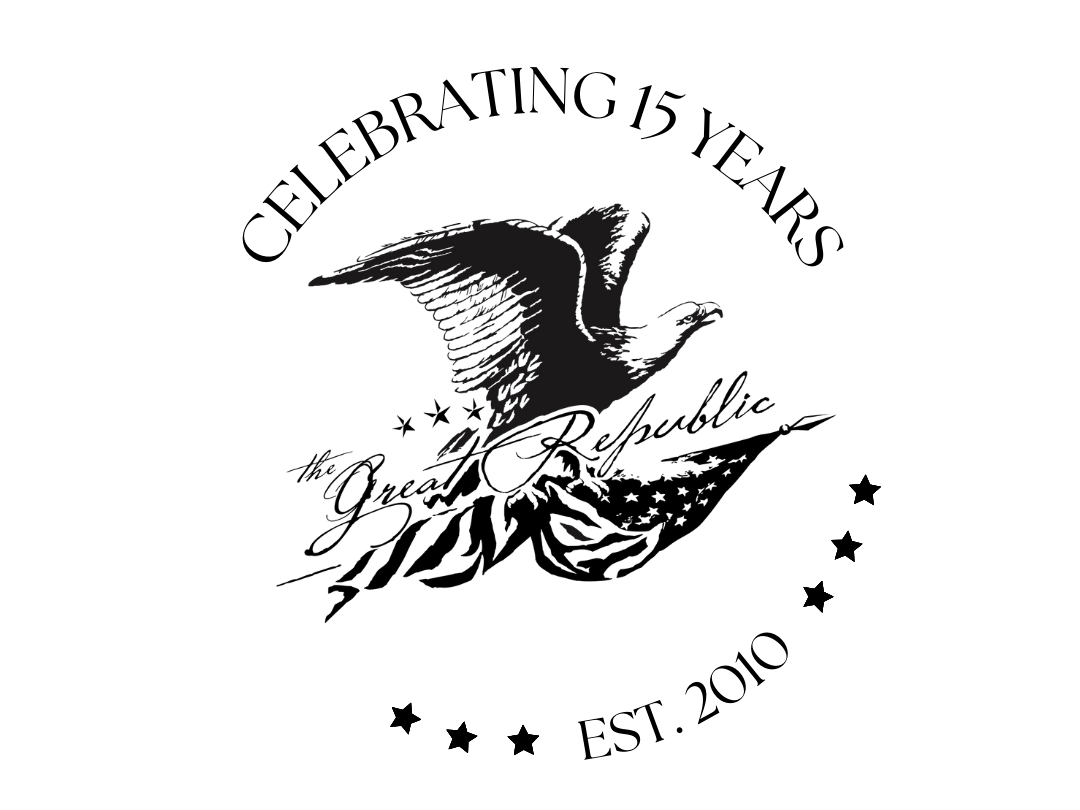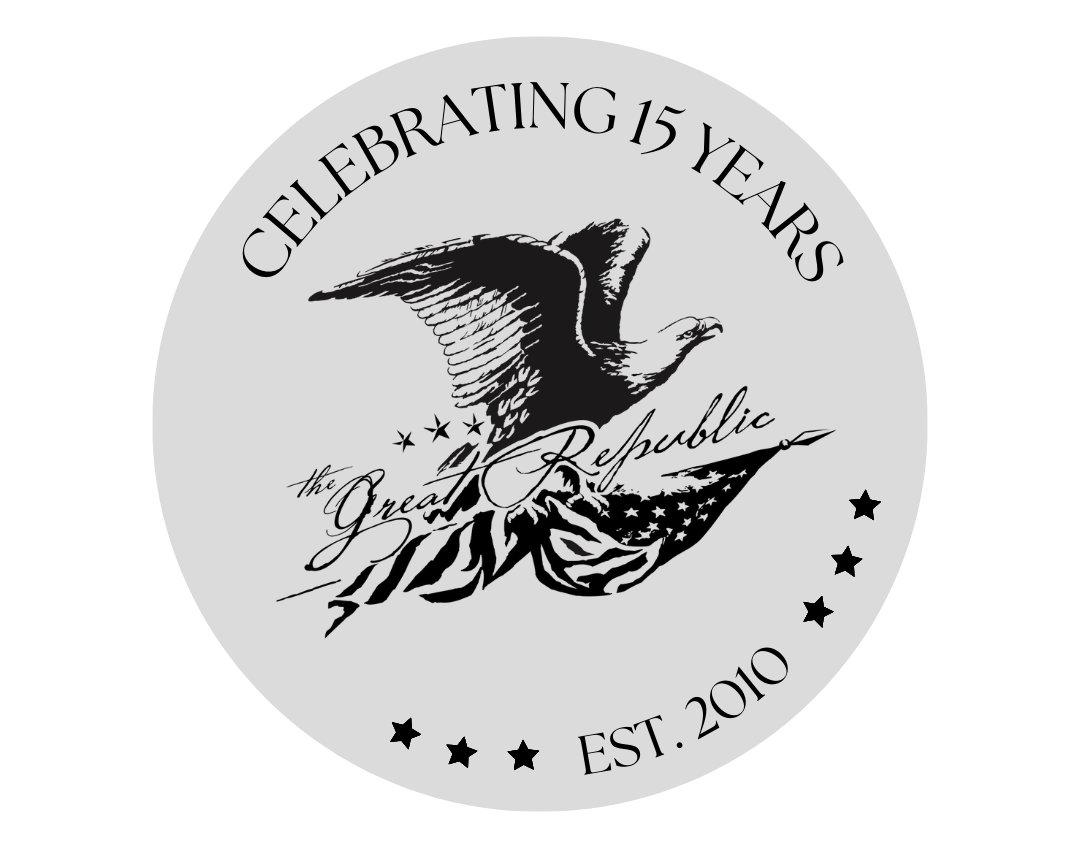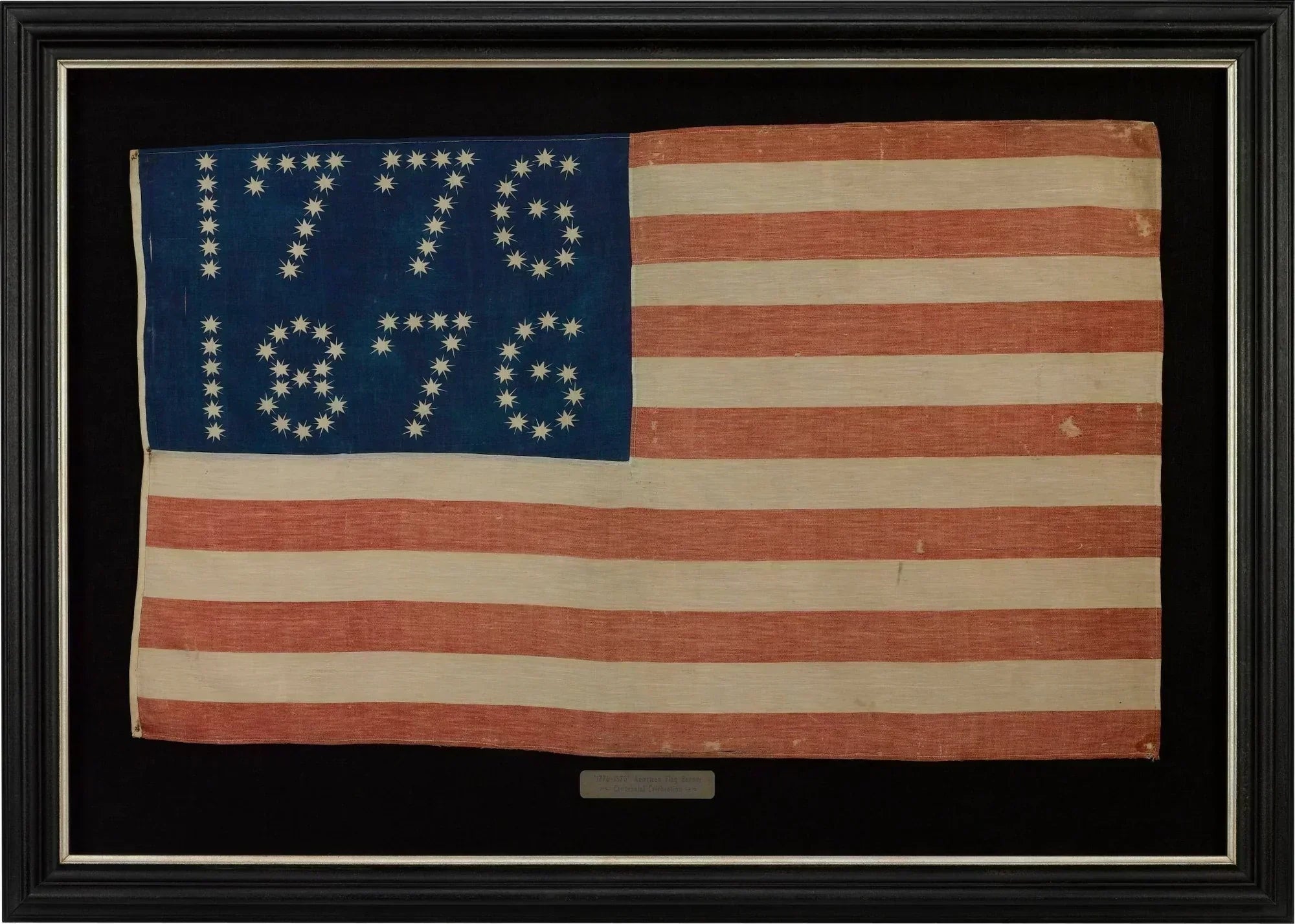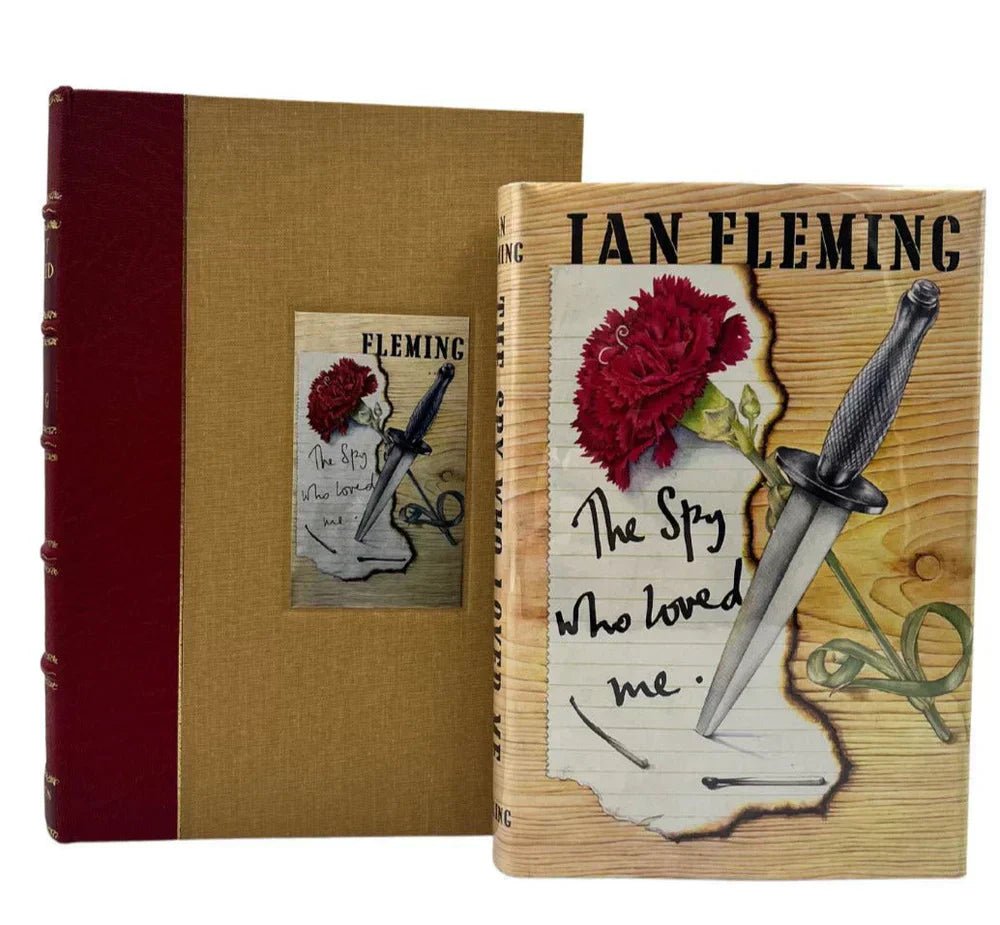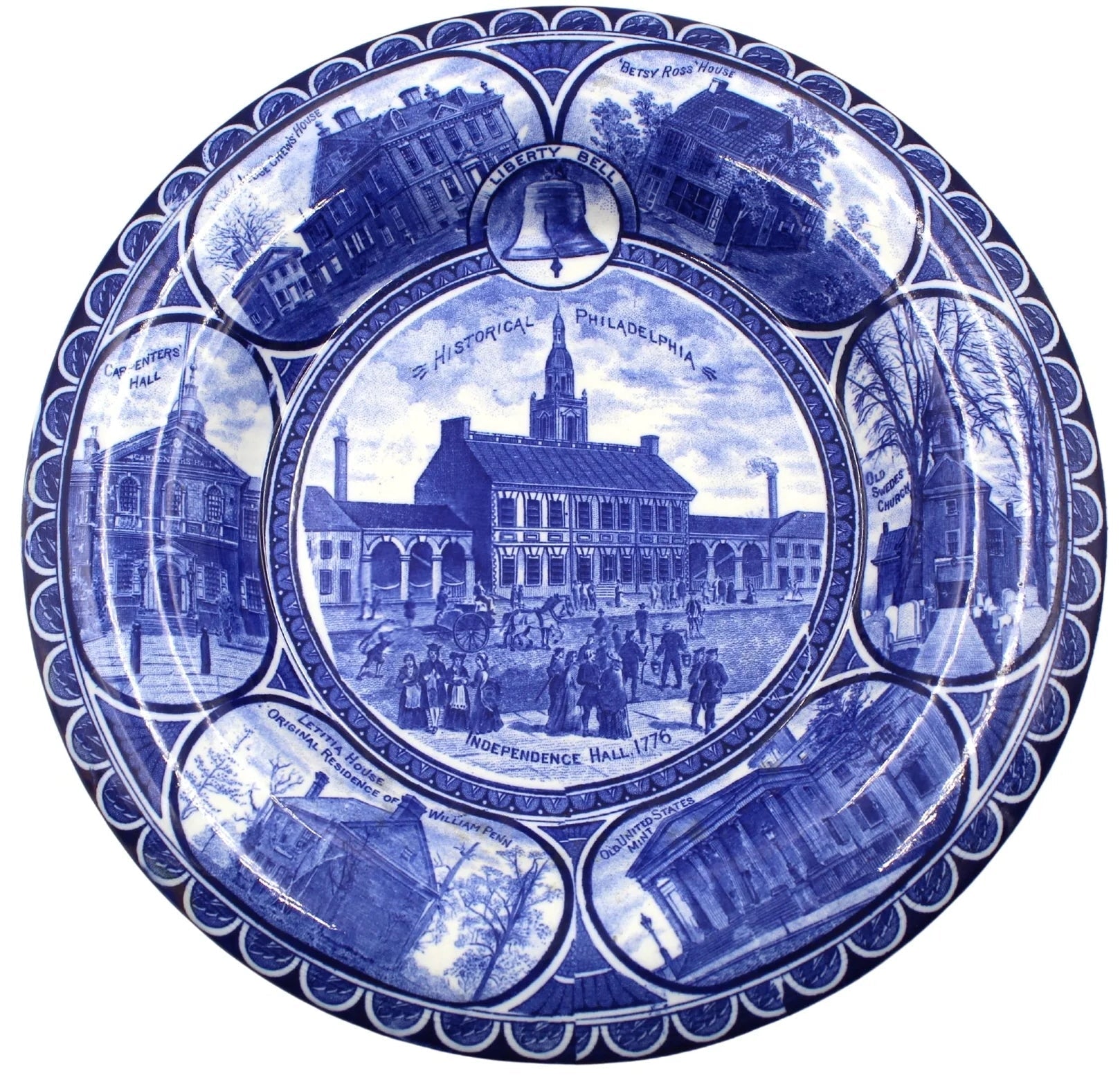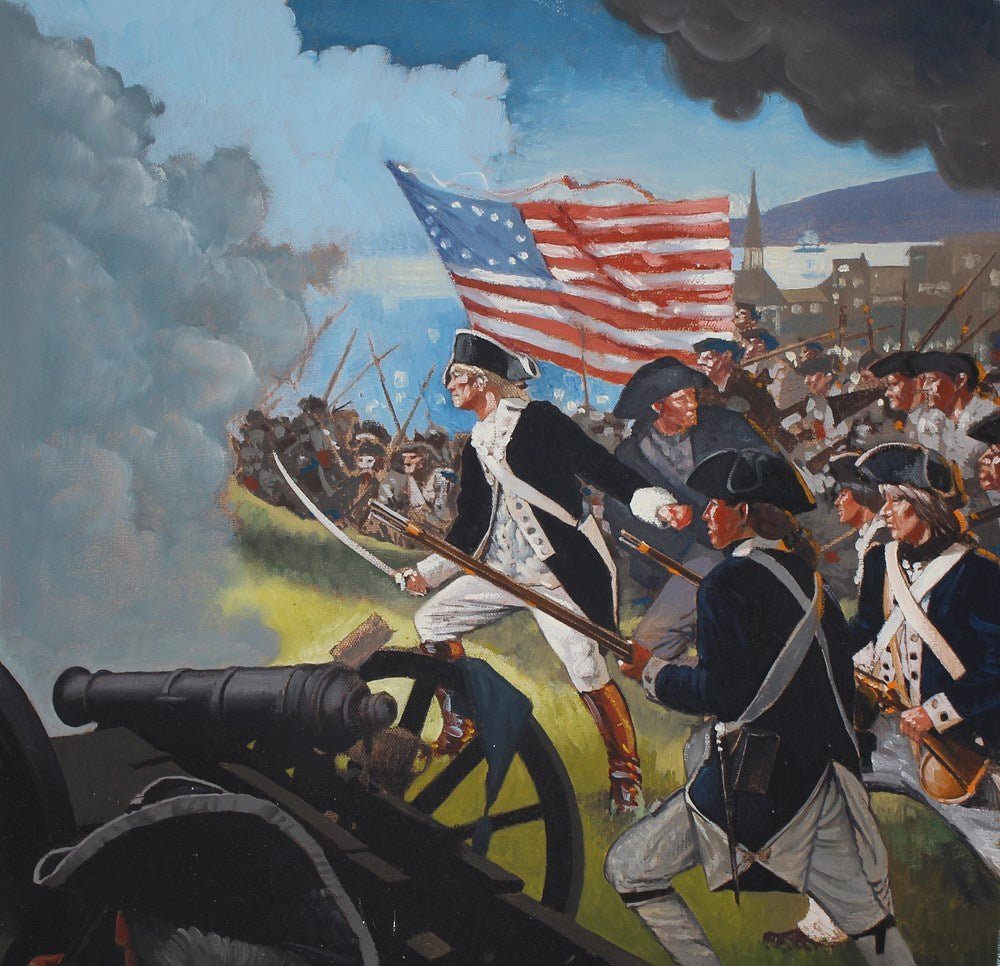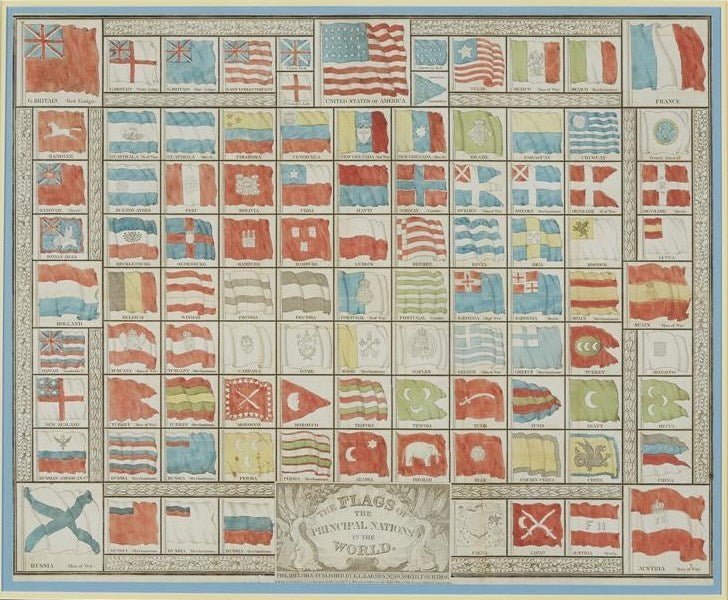Check Out This 19th Century Kaleidoscope
One of my favorite items in our Colorado shop is this fascinating Charles G. Bush kaleidoscope, from the late 19th century. The kaleidoscope is outfitted with a glass lensed-eyepiece on one end and fitted with a brass barrel and six brass turning spokes on the other. Inside, where all the magic happens, the chamber box is filled with mirrors and an array of intricately cut glass objects and liquid-filled glass vials, providing viewers with brilliant, colorful, ever-changing patterns.
The kaleidoscope maker, Charles G. Bush, has a really interesting story. Bush was born in Prussia in 1825 and immigrated to Plymouth, Massachusetts in 1847. Originally a rope maker, he began experimenting with microscopes, glass magnification, and cut glass designs as a side hobby. But by the early 1870s, he was ready to start manufacturing and selling his unique kaleidoscope designs.
In 1873 and 1874, Bush created and patented a new kaleidoscope design that placed small liquid-filled vials into the kaleidoscopes. Inside the liquid vials were air bubbles, which continued to move even after the case was at rest. Both the solid and liquid-filled glass pieces were of brilliant and well-chosen colors, and the ever-changing patterns they formed were the finest of any 19th century kaleidoscope on the market.
 His extraordinary pieces quickly found world-wide demand. Bush grew his business and opened workshops in Boston, Providence, and Claremont. The C.G. Bush & Co. was the leading producer of parlor kaleidoscopes for 30 years and is estimated to have sold close to 8,000 kaleidoscopes during that time.
His extraordinary pieces quickly found world-wide demand. Bush grew his business and opened workshops in Boston, Providence, and Claremont. The C.G. Bush & Co. was the leading producer of parlor kaleidoscopes for 30 years and is estimated to have sold close to 8,000 kaleidoscopes during that time.
This kaleidoscope is a really unique item to have in the shop and I am sure it will make a wonderful addition to someone’s private collection.
